Understanding Goats
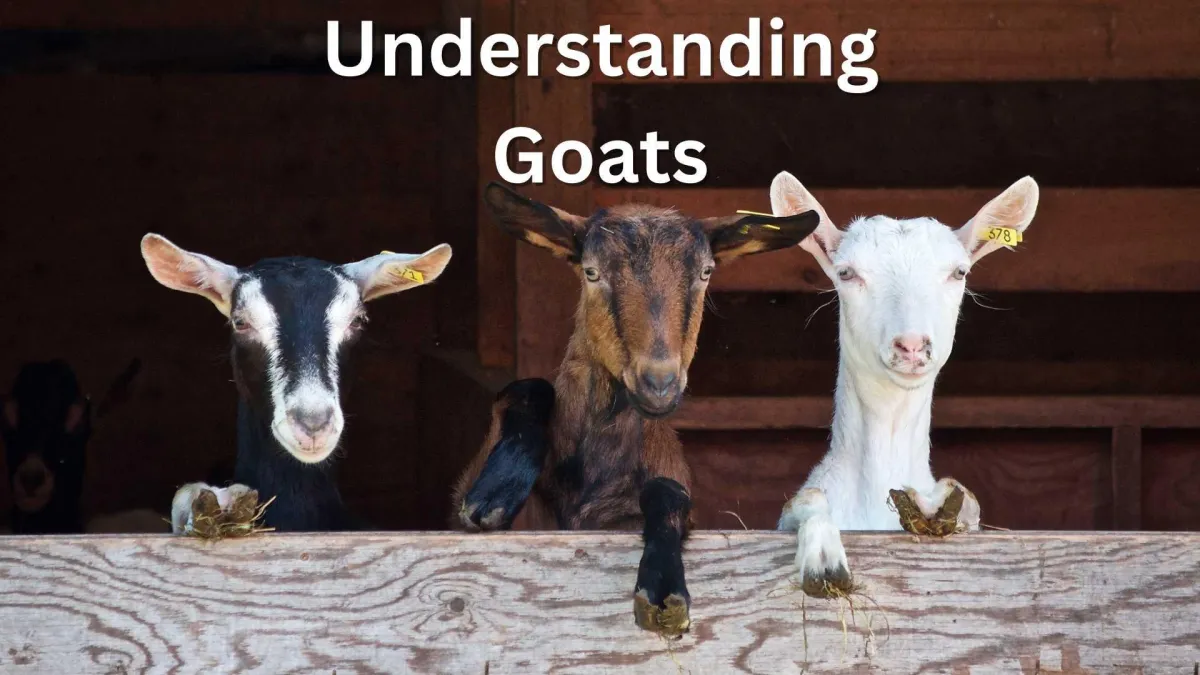
Behaviour, senses, and handling for lifestyle block owners
Goats are intelligent, curious, independent, and often underestimated. They’re nothing like sheep or cattle in how they think, communicate, or behave. For lifestyle block owners, goats offer companionship, milk, weed control, and a surprising amount of challenge.
This guide, based on the work of Dr Clive Dalton, gives you a clear understanding of how goats see the world, how they interact with people and each other, and how to work with, not against, their natural instincts.
How Goats Perceive the World
Vision
Goats have a wide field of view, estimated at around 320 to 340 degrees, thanks to the placement of their eyes.
Like sheep, their horizontal pupils give them excellent peripheral vision and awareness of movement.
They also have better depth perception than sheep, which supports their natural agility and ability to climb, jump, and judge distances.
Goats are visual explorers. If something looks new or out of place, they’ll often investigate. But they can be startled by sudden shadows, flapping objects, or unfamiliar shapes. Unlike sheep, they won’t automatically follow others. They’ll make their own judgment.
Hearing
Goats have good hearing and are responsive to human voices and environmental sounds. They tend to vocalise more than sheep and often bleat in response to human speech or feeding routines.
Sudden or loud noise can unsettle them, but they’re generally bolder and more inquisitive than fearful.
Smell
Scent plays a major role in goat behaviour. Does identify kids by smell. Bucks use scent heavily during breeding, especially with strong-smelling urine and head glands. Goats sniff food, people, and each other constantly to assess familiarity or threat.
A goat’s sense of smell is also tied to social status and sexual communication.
Touch
Goats are highly tactile. They use their heads, horns, and bodies to interact with each other and with you. They respond well to gentle handling, scratching, and grooming, especially around the neck and shoulders.
They’ll often lean into familiar people, rub against posts, or explore new objects by nibbling.
Social Behaviour and Hierarchy
Goats are social animals, but they form hierarchical groups. Unlike the tight flocking of sheep, goat herds have a more visible pecking order.
Dominant goats lead access to food, shelter, and space. Status is asserted through head-butting, blocking access, or posturing.
Does and kids form strong bonds, but herd dynamics can shift with new additions. Goats are territorial and inquisitive, constantly testing boundaries both social and physical.
Aggression is rarely dangerous but needs monitoring in confined spaces.
Communication
Vocalisation
Goats bleat to express separation, hunger, attention-seeking, and discontent (such as being rained on).
Some breeds are noisier than others. Individual goats have distinct voices, and they recognise each other and their kids by sound.
Body Language
Watch for these signs:
Ears forward and alert = interest
Tail up and stiff = tension or excitement
Lowered head with stiff legs = threat display
Lip curling (flehmen) = scent detection, especially in bucks
Leaning into you or rubbing = comfort or dominance
Daily Behaviour and Routines
Goats spend their day browsing rather than grazing. They prefer shrubs, trees, and rough forage.
They investigate constantly. Goats love novelty and will explore everything. They ruminate while lying or standing, and they climb, play, and test their environment.
They need secure fencing not because they’re trying to escape, but because they want to see what’s out there. If there’s a weakness in your boundary, they’ll find it.
They prefer elevated sleeping areas, dry shelter, and social company. Goats dislike wet, muddy ground and strong winds, but they enjoy sun and fresh air.
Breeding and Reproductive Behaviour
Does (Females)
Does come into season every 18 to 21 days during the breeding season. Signs include tail wagging, vocalisation, seeking out the buck, and a swollen vulva.
They show strong maternal instinct and will defend kids from other goats.
Bucks (Males)
In rut, bucks become pungent, restless, and highly vocal. They exhibit the flehmen response (lip curl), self-urination (scent marking), head swinging, and pawing.
Bucks can become aggressive in rut and must be handled with caution. Never let your guard down, even with hand-raised bucks. They can become unpredictable during breeding season.
Handling and Fencing
Goats are nimble and fast learners. They’re also escape artists.
Fencing
Minimum 1.2 metres high
Tight mesh or closely spaced wires
Strong posts to withstand rubbing and leaning
Hot wire (electric) helps for training and deterring damage
Gates must latch securely. Goats learn to nudge or lift handles and squeeze through small gaps.
Handling
Use food to lure or lead. Goats respond well to positive reinforcement.
Halter training is useful but requires consistency.
Always handle calmly and predictably. Goats remember rough treatment and will be harder to manage next time.
They resist being herded like sheep. Leading one well-trained goat can help move others.
Enrichment and Environment
Bored goats are destructive. To prevent fence testing and constant bleating:
Offer toys, logs, branches, or platforms
Allow browsing on shrubs and overgrown areas
Provide climbing opportunities
Social contact is essential. Never keep a single goat. They need companionship from their own kind to stay mentally and emotionally well.
Stress and Health
Goats show stress by isolating themselves, excessive vocalisation, reduced feed intake, aggression, or pacing.
Stress lowers immunity and invites parasites or illness. Early signs matter.
Watch for bullying, poor shelter, boredom, or health problems like lice, worms, or footrot.
Final Thoughts
Goats are rewarding but challenging animals for the lifestyle farmer. They’re clever, inquisitive, social, and highly individual. They won’t behave like sheep, and you’ll be better off once you stop expecting them to.
With the right knowledge, handling strategies, and secure fencing, goats can be one of the most engaging and useful animals you’ll ever own.
More Resources
Goats are fantastic lifestyle animals but keeping them happy and healthy needs knowledge. These may help:
What You Need to Know to Keep Goats – A deep dive into how to manage and care for goats on the block.
What You Need to Know to Keep Livestock – A very practical course for new lifestyle farmers who need to know all the basics.
Looking at other livestock?
Understanding Sheep – Despite their size and looks, sheep are nothing like goats.
Understanding Pigs – If it's escapologists your into, pigs are also fun!
Understanding Alpaca - Another out of the ordinary option is alpaca.
Back to Livestock & Pets
More articles on goats
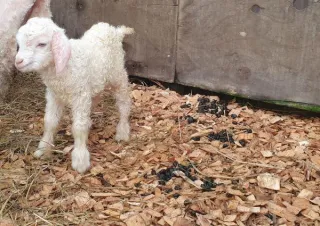
What Your Animal's Poo Is Telling You
Learn how to interpret changes in your animal's faeces. From colour and texture to parasites and digestive disorders, these signs can help identify health issues early. ...more
The Basics ,Sheep Cattle Goats Pigs &Alpaca
July 22, 2025•4 min read
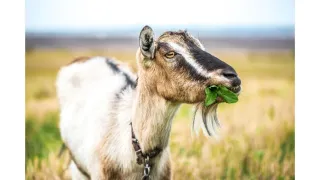
Plants that poison goats
Protect your goats from plant poisoning with this guide to toxic plants, symptoms, emergency treatment, and prevention. Includes updated advice for lifestyle farmers. ...more
Goats
June 18, 2025•3 min read
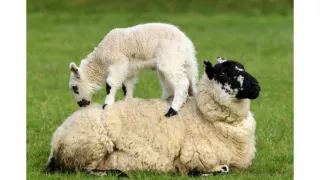
Lameness in Livestock - Part 3: Lameness in Sheep, Goats, Cattle and Deer
Lameness in sheep, goats, cattle, and deer is often caused by infections like foot scald and foot-rot. Learn how to treat and prevent these issues on your lifestyle block. ...more
The Basics ,Sheep Cattle Goats &Other species
May 02, 2025•2 min read
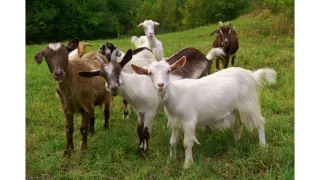
Copper Oxide for Goats
Copper oxide boluses can help goat farmers manage barber’s pole worm by reducing worm burdens and extending drench intervals. Learn how they work and when to use them. ...more
Goats
April 22, 2025•4 min read
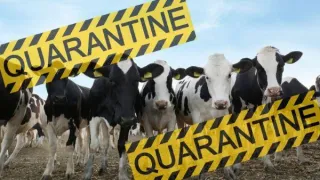
Quarantining New Animals - What, When, and How
Preventing the spread of disease on your farm starts with strong biosecurity measures. Quarantining new animals for 2-3 weeks helps detect infections, clear parasites, and ensure a healthy flock. Lear... ...more
The Basics ,Sheep Cattle Goats &Pigs
March 17, 2025•8 min read

A New Lifestyle Farmer’s Guide to Fecal Egg Counts (FECs)
Learn how to use Fecal Egg Counts (FECs) to manage livestock parasites effectively. This guide covers what FECs are, their pros and cons, equipment needed, step-by-step procedures, and tips for adjust... ...more
The Basics ,Sheep Cattle &Goats
January 09, 2025•7 min read
Support & Legal
Get Rural Tips & Seasonal Updates
Subscribe to the LSB monthly newsletter.
© 2025 Lifestyleblock.co.nz | LSB Ltd Proudly off-grid and NZ-owned

